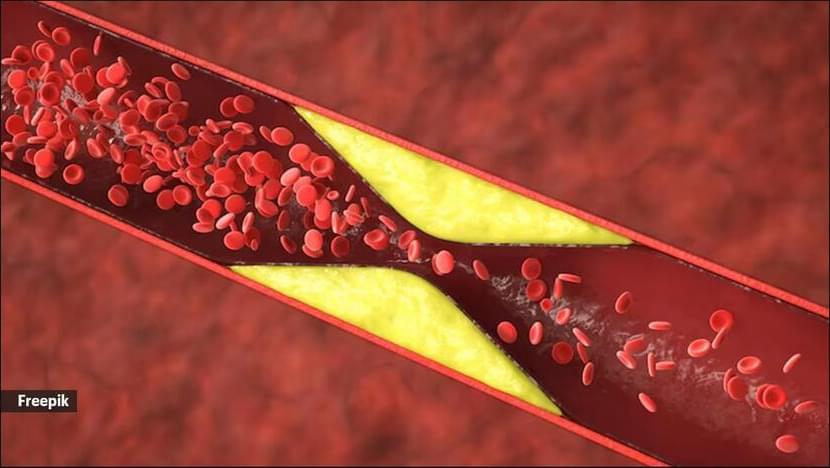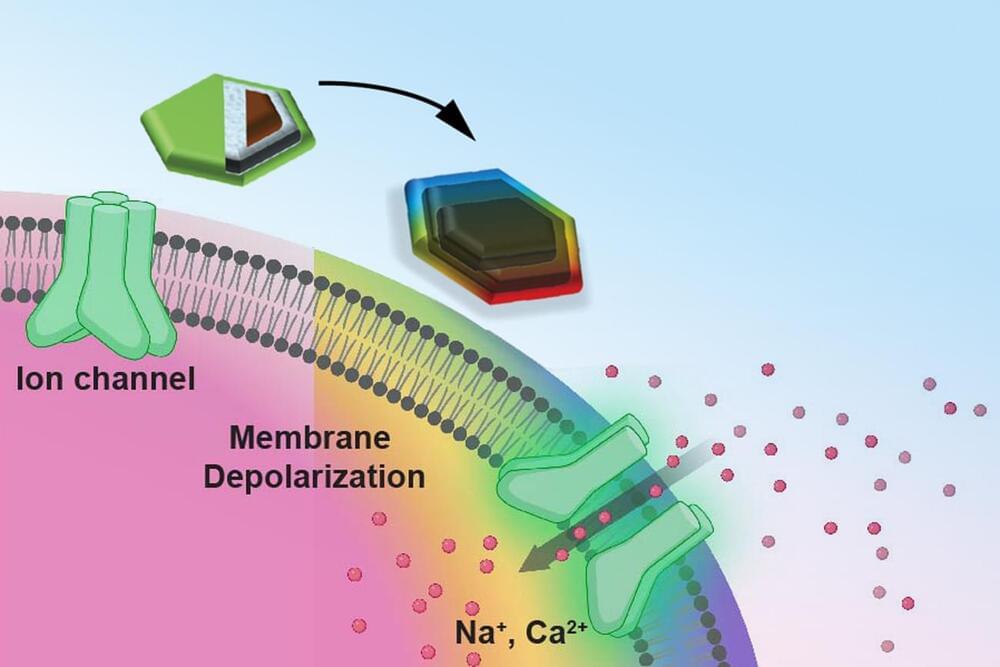New research into the single-celled organism is providing clues about what the early planet looked like – and raising the prospect that we may not be alone.



Summary: A new study has identified three psychological profiles that influence brain health, cognitive decline, and dementia risk in aging adults. Profiles with high protective traits, like purpose and openness, show better cognition and brain integrity, while those with low protective traits or high negative traits face accelerated brain atrophy and mental health issues.
Researchers emphasize comprehensive psychological assessments to tailor interventions, like therapies that enhance life purpose or reduce distress symptoms. These findings pave the way for personalized strategies to prevent cognitive decline and support brain health in adulthood and aging.
Vector Institute’s Remarkable 2024 | Geoffrey Hinton — Will Digital Intelligence Replace Biological Intelligence?
In this profound keynote, Vector co-founder Geoffrey Hinton explores the philosophical implications of artificial intelligence and its potential to surpass human intelligence. Drawing from decades of expertise, Hinton shares his growing concerns about AI’s existential risks while examining fundamental questions about consciousness, understanding, and the nature of intelligence itself.
Geoffrey Hinton is one of the founding fathers of deep learning and artificial neural networks. He was a Vice President and Engineering Fellow at Google until 2023 and is Professor Emeritus at the University of Toronto. In 2024 Hinton was awarded the Nobel Prize in Physics.
Key Topics Covered:
• The distinction between digital and analog computation in AI
• Understanding consciousness and subjective experience in AI systems.
• Evolution of language models and their capabilities.
• Existential risks and challenges of AI development.
Timeline:
00:00 — Introduction.
03:35 — Digital vs. Analog Computation.
14:55 — Large Language Models and Understanding.
27:15 — Super Intelligence and Control.
34:15 — Consciousness and Subjective Experience.
41:35 — Q\&A Session.
Remarkable 2025 is coming, subscribe to our newsletter.
Explore the groundbreaking potential of borophene, a two-dimensional nanomaterial made of boron that outperforms graphene in strength and flexibility. Discover its exceptional properties, including superior electrical and thermal conductivity, unmatched mechanical resistance, and remarkable chemical reactivity. This episode delves into its promising applications in fields such as flexible electronics, energy storage, and nanomedicine. We also compare borophene to graphene and discuss the challenges of scaling up production for widespread use. A deep dive into the material poised to redefine the future of technology.
The researcher, who teaches at Columbia University, has been promoting the new National Center for Neurotechnology in his native Spain. The institute will manufacture devices capable of tapping the human mind and modifying it.

We can judge the value of any scientific endeavour based on how much of our knowledge it overturns or transforms. By that metric, the ESA’s Gaia mission is a resounding success.
The spacecraft gave us a precise, 3D map of our Milky Way galaxy and has forced us to abandon old ideas and replace them with compelling new ones.
Currently, we’re marking the end of the Gaia mission, our best effort to understand the Milky Way. Gaia is an astrometry mission that’s built an impressive map of the Milky Way by taking three trillion observations of two billion individual objects in the galaxy, most of them stars, over an 11-year period.

Link :
Cholesterol management is key to maintaining a healthy heart, and adopting the right habits in the morning can make a significant difference. Whether it’s what you eat, how you move, or even how you start your day mentally, these small but effective changes can help improve your cholesterol levels over time.
If high cholesterol levels are a concern, incorporating specific morning routines into your daily life can provide lasting benefits. Here’s what Dr Prateek Chaudhary, senior consultant, Interventional Cardiology at Asian Hospital, suggests you should do.
Catch a glimpse of the near future as AI and Quantum Computing transform how we live. Eric Schmidt, decade-long CEO of Google, joins Brian Greene to explore the horizons of innovation, where digital and quantum frontiers collide to spark a new era of discovery.
This program is part of the Big Ideas series, supported by the John Templeton Foundation.
Participants:
Eric Schmidt.
Moderator:
Brian Greene.
WSF Landing Page: https://www.worldsciencefestival.com/.…
SUBSCRIBE to our youtube channel and \.

Novel magnetic nanodiscs could provide a much less invasive way of stimulating parts of the brain, paving the way for stimulation therapies without implants or genetic modification, MIT researchers report.
The scientists envision that the tiny discs, which are about 250 nanometers across (about 1/500 the width of a human hair), would be injected directly into the desired location in the brain. From there, they could be activated at any time simply by applying a magnetic field outside the body. The new particles could quickly find applications in biomedical research, and eventually, after sufficient testing, might be applied to clinical uses.
The development of these nanoparticles is described in the journal Nature Nanotechnology, in a paper by Polina Anikeeva, a professor in MIT’s departments of Materials Science and Engineering and Brain and Cognitive Sciences, graduate student Ye Ji Kim, and 17 others at MIT and in Germany.